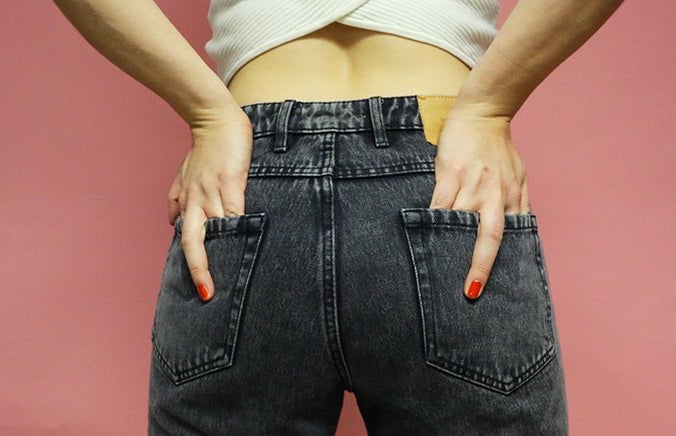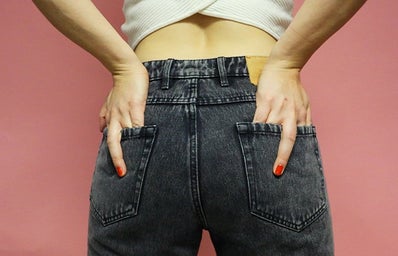Did someone say butts? Yes, butts: also known as one’s backside, bottom, buttocks, badonkadonk, buns, ass, gluteus maximus, the list goes on. If you didn’t just giggle at the mention of at least one of those synonyms for butt, you are certainly more mature than I. We humans have always had a certain fascination with butts, haven’t we? After all, we’re the only species special enough to have butts. But (hehe), if we take an existential moment to ponder exactly why humans have butts, most of us come up empty. Well, ponder no more my buttocked friends, because journalist Heather Radke wrote a book about butts that will get to the bottom of all the questions you never asked about butts. It’s called Butts: A Backstory.
Why am I telling you about this book, you ask? Well, if you want to know the full story: I was at Indigo, and among the piles of new books was a neon yellow cover jacket with a giant peach emoji on it. When I read the title, I couldn’t help but give a half-suppressed laugh; I love a good “bun pun”. So, I bought it and went home, where I placed it on my bedside table along with my other current reads (The Carbon Almanac, Carrie Soto Is Back, and I’m Glad My Mom Died). And even though with upcoming midterms and assignment deadlines, my life is busier than a one-legged man in a butt-kicking contest, I decided to read it.
After reading the first couple chapters it became increasingly clear to me that there is a lot to learn about butts. Butter my butt and call me a biscuit, Heather Radke really did her research: her reference section at the back of the book is nearly 50 pages long! From deep dives into the evolutionary and biological beginnings of butts to critical analyses on the cultural history of butts and delicate discussions around women’s bodies, Radke writes it all with brilliant wit, intelligence, and vulnerability.
After reading this thoughtful offering, I feel deeply informed. I feel seen. As a woman, I’ve always had a complicated relationship with my butt. It’s the one body part of me that I can’t see without twisting my body in front of a full-length mirror. As Radke wisely put it, “in some ways, the butt belongs to the viewer more than the viewed”. It’s the only physical part of us that can be “secretly observed” as we walk down a street, “creepily scrutinized” and objectified. Coming to terms with that can be a strange and unsettling experience.
Butts: A Backstory taught me that butts are more than the sum of their parts. Butts are not just butts; they’re sexualized, commercialized, and racialized. They seem to hold a much greater power over our daily lives than we give them credit for. But what this book does for its reader (and the reader’s butt): it gives the gift of knowledge and awareness that empowers us to embrace our humanity in all its strangeness.
If, after reading this, you decide to read Heather Radke’s book about butts, I hope you find it as enlightening and informative as I did. And if you’re in the mood for other non-fiction focusing on the human body, consider checking out “The Body: A Guide for Occupants” by Bill Bryson, a both equally educational and entertaining romp, and “The Body Is Not an Apology” by Sonya Renee Taylor, an invitational book on radical self-love.


